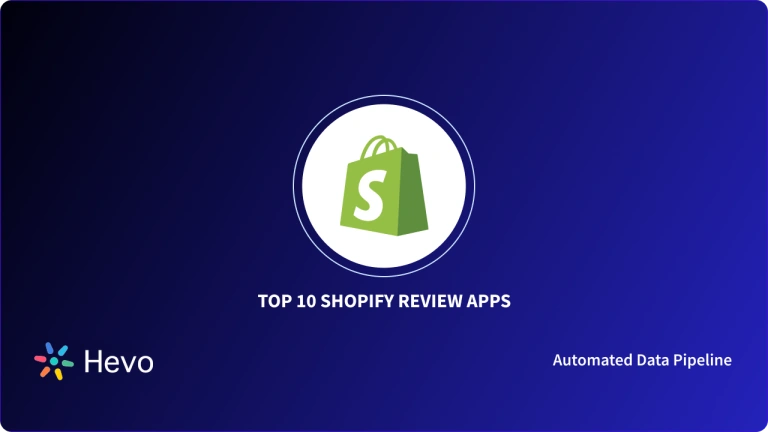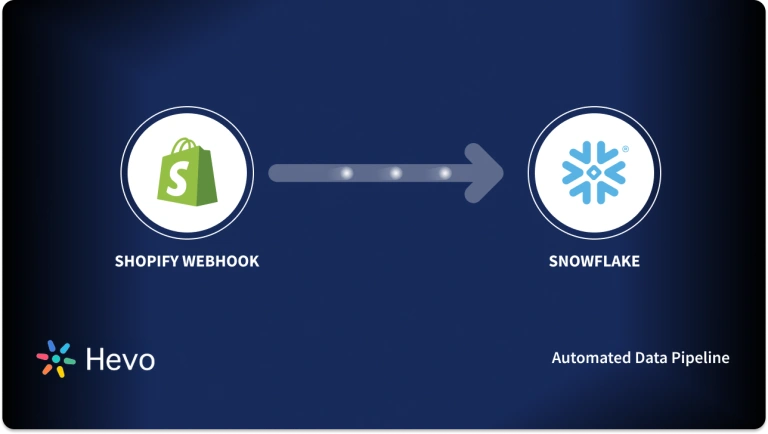While surfing on the internet, you must have caught sight of thousands of online ads from different brands. And, what you must have noticed is that every brand has a logo. Now, that is where Hatchful Shopify can assist you — designing a logo for your online store/business.
Through a logo, a customer not only identifies but conceives and perpetuates notions about a brand. See the logo as the face of your brand. Just as a beautiful face, which attracts attention and creates a positive impression, an attractive logo is strategically assigned to a brand to achieve the same. Your logo will help customers recognize your brand amongst thousands of ads that they meet every day. And, if customers can remember your logo, they will buy from you.
There are many tools that you can use to make a logo for your Shopify store. These tools differ in terms of the features that they offer. One such tool is Hatchful. It is a simple yet elegant tool that you can leverage to create a new Hatchful logo for your Shopify store. In this article, we will be discussing how to use the Hatchful logo maker.
Table of Contents
What is Hatchful?
Hatchful is a free logo maker provided by Shopify. It comes with Android and iOS mobile apps that can help you build your brand logo from the palm of your hand.
After a successful login, Hatchful Shopify will ask you a number of questions about your business and then suggest logos from hundreds of its ready templates. It is a free tool for both Shopify merchants and non-merchants.
Hatchful also comes with premium templates that you can buy to create your brand logo. You will only be charged if you decide to download them. It is a simple tool that will help you make an attractive logo for your Shopify store.
Effortlessly manage and migrate your Shopify data with Hevo. Hevo supports Shopify and Shopify Webhooks as one of its 150+ data sources, ensuring seamless data integration and real-time synchronization.
- No-Code Solution: Easily connect and manage your Shopify data without writing a single line of code.
- Flexible Transformations: Use drag-and-drop tools or custom scripts for data transformation.
- Real-Time Sync: Keep your destination data warehouse updated in real time.
- Auto-Schema Mapping: Automatically handle schema mapping for a smooth data transfer.
Join over 2000 satisfied customers, including companies like Voiceflow and Playtomic, who trust Hevo for their data integration needs. Check out why Hevo is rated 4.7 stars on Capterra.
Get Started with Hevo for FreeHow to use Hatchful Shopify Logo Maker?
Hatchful Shopify comes with a set of features, including a simple graphic design center that provides you with a questionnaire to get the know-how of your brand to generate the best logos for you. Hatchful also provides many logo templates, colors, and icons that you can use to design your brand logo. It is recommended that you use one color palette to match your brand.
The following steps will help you design a logo for your brand using Hatchful:
Step 1: Visit Hatchful’s official website by clicking. Click the “Sign Up” button. Sign up using your email address and create a password for your account. Log into your new Hatchful Shopify account.
Step 2: Once logged in, click the “Get Started” button.
Step 3: The Hatchful Shopify logo creator will ask you to choose your business space. This should help Hatchful choose a better design for your logo based on other brands in that industry. You will be provided with many options on the screen, including Fashion, Health and beauty, Home and garden, Food and drink, and many others. For now, I will choose the “Tech” space. Choose your business niche and click the “Next” button at the bottom.
Step 4: Hatchful will then present a number of visual styles for you to choose from. You should select the one you want your customers to see when they visit your Shopify store. Some of the editorial options provided in Hatchful include Bold, Calm, Reliable, Classic, and others. Choose 3 of them and click the “Next” button to continue.
Step 5: You will then be asked to provide your business name.
The business name and the slogan will be added to every logo design suggestion at a later stage.
Enter your business name and type a slogan if you need one in your logo. In some cases, a business may have a slogan, but it may not be necessary to include it in the logo. Once you’ve done this, click on “Next.”
Step 6: Next, you will be prompted to choose where your logo will be used. You can choose from many options including on a website, social media, digital business card, online store and more. In my case, I am using Hatchful to create a Shopify logo, so I’ll choose the first option, which is the “Online store or website” one.
Click the “Next” button.
Step 7: Hatchful Shopify will generate several logo options for you based on your provided details.
. Scroll down, and you will find a list of logos suggested based on your response. As you scroll downwards, the logos will keep coming, and you will realize that they have different design elements and colors.
Select the one you like and choose the “Edit Logo” button. This will open the Hatchful design module for you. The module has three tabs that you can choose to edit your logo from.
The first tab is for “Name”. You can choose a new name or continue with the one you entered before. You can also remove the slogan and see how the logo looks without it.
The second tab is for “Fonts”. Click it and scroll down to see the different types of fonts that you can use for your logo. Choose the font that you like. This will change both the business name and the slogan, reflecting on the logo you have chosen.
The third tab is for colors. Click it and scroll down to see the list of colors that may appeal to you. Click the “Load More” button to load more colors. You can click the button at the top and choose from the category of colors that you want for your logo.
Once you have selected the right color, click the “Next” button.
Step 8: The next page will inform you that the logo is ready. Click the “Download” button, and the logo will be sent to your email. Open your email address and find the email from Hatchful Shopify. Open the email and click the download button.
The logos will be downloaded to your computer in a zipped folder.
That is how to use Hatchful Shopify to generate a logo for your brand.
Click BACK to return to the previous page in case you change your mind during any of these steps.
Where can I share my Hatchful Shopify new logo?
After creating a logo with Hatchful the free logo maker, it can be added to the following places:
- Business cards: Add a new logo to your business cards to build brand recognition within your industry. Business cards with your new logo can be given to potential customers at networking events and conferences.
- Website: You can add a logo to the top navigation and footer of your website.
- Social media: You can upload your logo design as a profile picture on all your social media accounts. This will help promote your brand and make it recognizable.
- Product packaging: Place your own logo on shipping boxes or flyer inserts if you ship physical products to customers.
- Ads: Include your logo design in the advertisements to make people familiar with your brand identity.
Why should you choose the Hatchful Shopify logo creator?
- To create the brand design you’re looking for at any stage of your business, use different Shopify logo templates.
- Hatchful by Shopify logo maker is free and, hence, budget-friendly.
- Its interface is easy to use and has a fast startup process. It does not use AI, which you have to train by providing information about your likes and dislikes. To get started, you only have to enter the basic requirements of your business.
Hatchful by Shopify has templates that offer diverse font styles, layouts, and colors, which enable you to make attractive designs for your logo.
Conclusion:
This is what you’ve learned in this article:
- You’ve learned more about Hatchful Shopify.
- You’ve learned how to use Hatchful Shopify to generate a logo.
For any information on integrating Facebook Ads and Shopify, you can visit the former link.
Using Hevo, you can setup Shopify as your source within minutes. Try Hevo and see the magic for yourself. Sign up for a free 14-day trial to streamline your data integration process. You may examine Hevo’s pricing plans and decide on the best plan for your business needs.
Frequently Asked Questions
1. How to use hatchful by Shopify?
Hatchful by Shopify lets you create logos quickly by selecting your business type, visual style, and preferences. It generates logo options, which you can customize and download for free.
2. How do I enable Shopify integration?
Enable Shopify integration by accessing the app store, choosing the desired app, and following installation steps. Apps integrate seamlessly with your Shopify store to enhance functionality.
3. Can I upload my logo to Shopify?
Yes, you can upload your logo in Shopify by navigating to “Online Store” > “Themes” > “Customize,” and adding the logo in the “Header” section.










